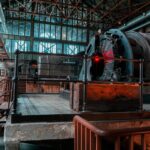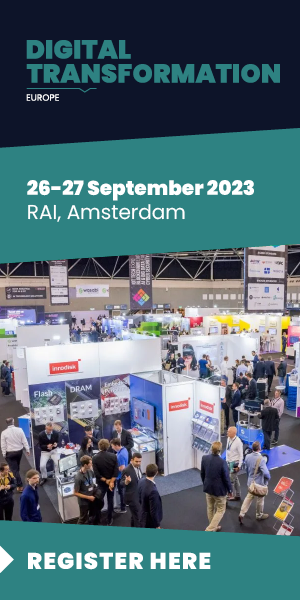
This year’s GTC is Nvidia’s biggest event yet, but – like the rest of the world – it’s had to adapt to the unusual circumstances we all find ourselves in. Huang swapped his usual big stage for nine clips with such exotic backdrops as his kitchen.
AI is helping with COVID-19 research around the world and much of it is being powered by NVIDIA GPUs. It’s a daunting task, new drugs often cost over $2.5 billion in research and development — doubling every nine years — and 90 percent of efforts fail.
Nvidia wants to help speed up discoveries of vital medicines while reducing costs
“COVID-19 hits home this urgency [for new tools],” Huang says.
Huang announced NVIDIA Clara Discovery—a suite of tools for assisting scientists in discovering lifesaving new drugs.
NVIDIA Clara combines imaging, radiology, and genomics to help develop healthcare AI applications. Pre-trained AI models and application-specific frameworks help researchers to find targets, build compounds, and develop responses.
Dr Hal Barron, Chief Scientific Officer and President of R&D at GSK, commented:
“AI and machine learning are like a new microscope that will help scientists to see things that they couldn’t see otherwise.
NVIDIA’s investment in computing, combined with the power of deep learning, will enable solutions to some of the life sciences industry’s greatest challenges and help us continue to deliver transformational medicines and vaccines to patients.
Together with GSK’s new AI lab in London, I am delighted that these advanced technologies will now be available to help the UK’s outstanding scientists.”
Researchers can now use biomedical-specific language models for their work, thanks to a breakthrough in natural language processing. This means researchers can organise and activate large datasets, research literature, and sort through papers or patents on existing treatments and other vital real-world data.
“Where there are popular industry tools, our computer scientists accelerate them,” Huang said. “Where no tools exist, we develop them—like NVIDIA Parabricks, Clara Imaging, BioMegatron, BioBERT, NVIDIA RAPIDS.”
We’re all hoping COVID-19 research – using such powerful new tools available to scientists – can lead to a vaccine within a year or two, when they have often taken a decade or longer to create.
“The use of big data, supercomputing, and artificial intelligence has the potential to transform research and development; from target identification through clinical research and all the way to the launch of new medicines,” commented James Weatherall, Ph.D., Head of Data Science and AI at AstraZeneca.
During his keynote, Huang provided more details about NVIDIA’s effort to build the UK’s fastest supercomputer – which will be used to further healthcare research – the Cambridge-1.
NVIDIA has established partnerships with companies leading the fight against COVID-19 and other viruses including AstraZeneca, GSK, King’s College London, the Guy’s and St Thomas’ NHS Foundation Trust, and startup Oxford Nanopore. These partners can harness Cambridge-1 for their vital research.
“Tackling the world’s most pressing challenges in healthcare requires massively powerful computing resources to harness the capabilities of AI,” said Huang. “The Cambridge-1 supercomputer will serve as a hub of innovation for the UK and further the groundbreaking work being done by the nation’s researchers in critical healthcare and drug discovery.”
And, for organisations wanting to set up their own AI supercomputers, NVIDIA has announced DGX SuperPODs as the world’s first turnkey AI infrastructure. The solution was developed from years of research for NVIDIA’s own work in healthcare, automotive, healthcare, conversational AI, recommender systems, data science and computer graphics.
While Huang has a nice kitchen, I’m sure he’d like to be back on the big stage for his GTC 2021 keynote. We’d certainly all love COVID-19 to be well and truly in the rear-view mirror.
(Photo by Elwin de Witte on Unsplash)
Interested in hearing industry leaders discuss subjects like this? Attend the co-located 5G Expo, IoT Tech Expo, Blockchain Expo, AI & Big Data Expo, and Cyber Security & Cloud Expo World Series with upcoming events in Silicon Valley, London, and Amsterdam.









